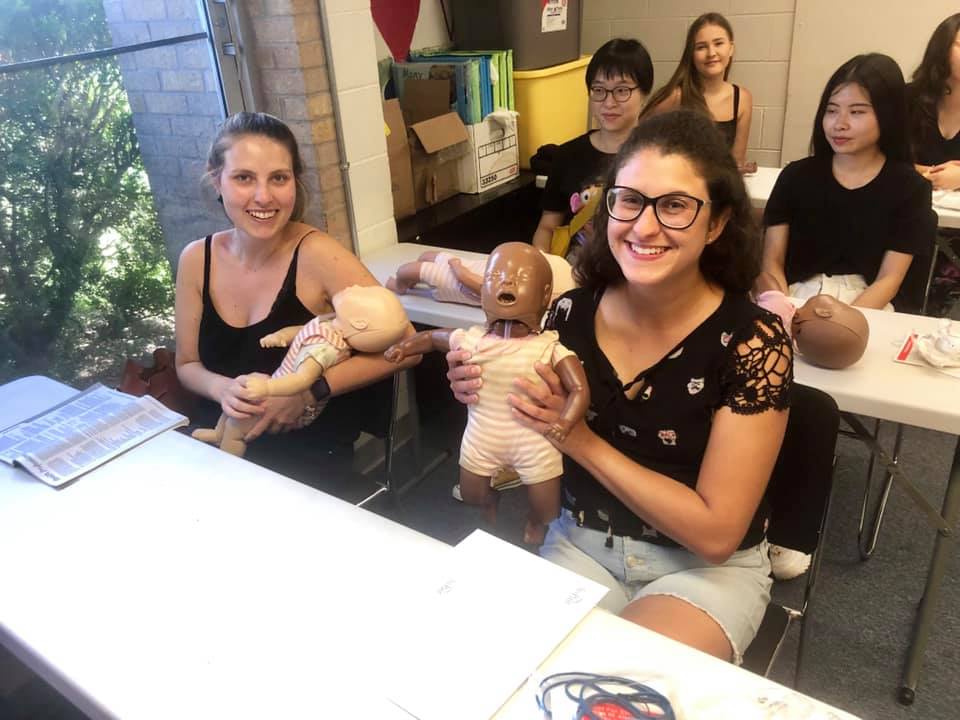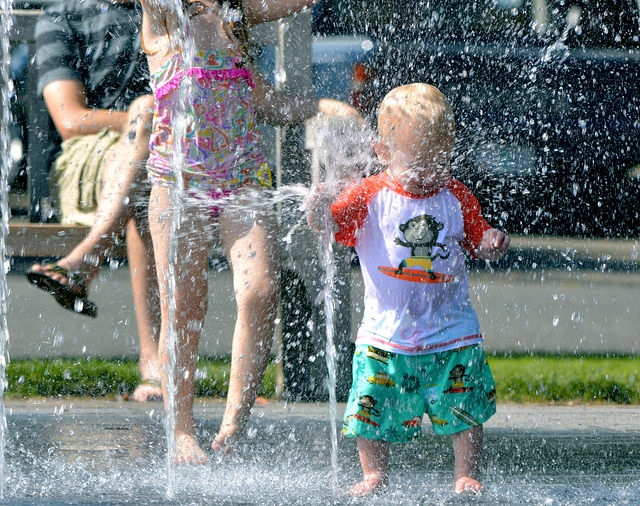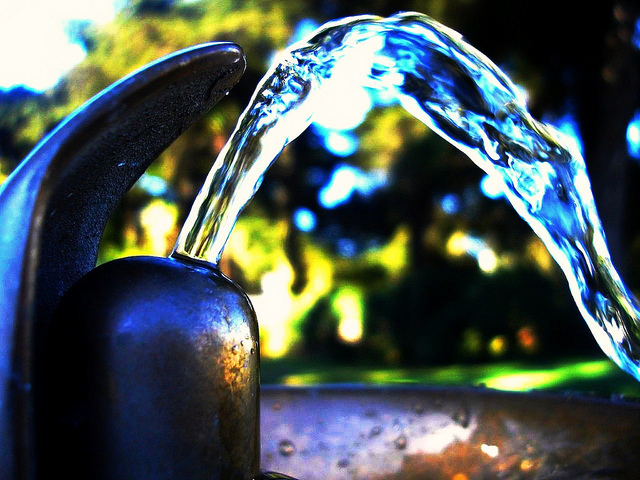 The World Health Organization estimates that 1 in every 3 women in the world experience violence and these stats have not improved over the past decade. Women living overseas are an especially vulnerable population, in that they are learners of a new language, surrounded by different values and behaviors. Those who have lived overseas know day-to-day interactions can feel foreign and understanding threats can get lost in cultural misinterpretations. Step in Officer Craig of the Bellevue, WA (the largest majority-minority city in the US) police department.
The World Health Organization estimates that 1 in every 3 women in the world experience violence and these stats have not improved over the past decade. Women living overseas are an especially vulnerable population, in that they are learners of a new language, surrounded by different values and behaviors. Those who have lived overseas know day-to-day interactions can feel foreign and understanding threats can get lost in cultural misinterpretations. Step in Officer Craig of the Bellevue, WA (the largest majority-minority city in the US) police department.
Officer Craig has been teaching women’s self defense classes to his local community for just a few months now. What the Bellevue Police are doing is fairly unique according to Officer Craig, and last Sunday, our au pair population was able to be a part of his teachings first-hand. Officer Craig slowed down what transpires in the “mechanics” of an unequal struggle, describing how women can use the space between and their own bodies as leverage if it is not their own physical strength that will serve in the moment. He talked through body positioning for finding the best balance, defensive tactics, illegal in boxing since they don’t serve the goal of being able to strike an opponent. He later shared links to reinforce the moves:
Officer Craig demonstrated with care and precision these defensive moves to 30 au pairs from 12 different countries. The women then practiced how to guard against an assailant, lessons they can take with them to their own home countries.

Conversations around law enforcement between citizens from various parts of the globe are always interesting and what it means to “serve and protect” has taken on various interpretations, both at home and abroad, depending on the experiences or the traumas we each hold. Officer Craig learned everyone’s names in the short amount of time we spent with him, he created a space of trust with the local police for a woman far from home, and with humility, he left us offering future support, saying that he was, “grateful to be in a position to help in a small way.” At the Bellevue, WA police station in a closed City Hall office on a Sunday, we found a person who was “serving and protecting” in a very proactive and caring way.


 Classes are available through the Red Cross. Au Pair in America will pay for the cost of a class providing an au pair has at least six months left on her visa and is taking one of several approved childcare/child safety-related classes, such as Adult and Pediatric First Aid/CPR/AED. Au pairs should check with their community counselor and host family before signing up. Au Pair in America will register the au pair directly.
Classes are available through the Red Cross. Au Pair in America will pay for the cost of a class providing an au pair has at least six months left on her visa and is taking one of several approved childcare/child safety-related classes, such as Adult and Pediatric First Aid/CPR/AED. Au pairs should check with their community counselor and host family before signing up. Au Pair in America will register the au pair directly. We live in a time of constant sharing through social media. We often share pictures, plans of somewhere we are going or rants about problems, without thinking much about who will see it and what could be the consequences.
We live in a time of constant sharing through social media. We often share pictures, plans of somewhere we are going or rants about problems, without thinking much about who will see it and what could be the consequences.
 Dehydration means that the body lacks the necessary amount of fluid. Infants and small children are more likely to become dehydrated than older children or adults, because they can lose relatively more fluid quickly.
Dehydration means that the body lacks the necessary amount of fluid. Infants and small children are more likely to become dehydrated than older children or adults, because they can lose relatively more fluid quickly.